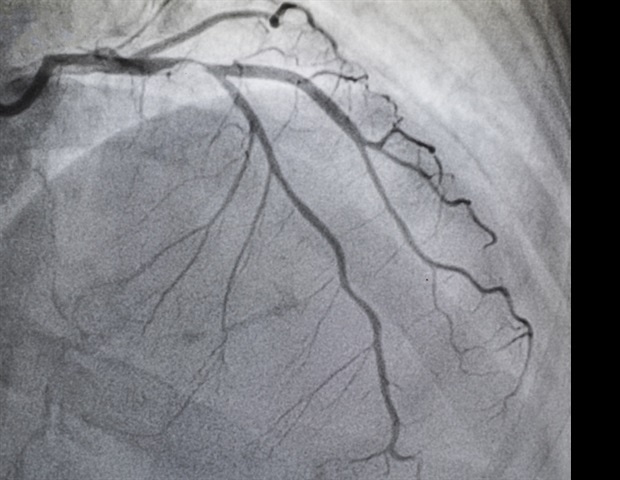Data from a cohort of one million patients with chronic limb-threatening ischemia (CLTI) were presented today as late-breaking clinical research at the Society for Cardiovascular Angiography & Interventions (SCAI) 2023 Scientific Sessions. Using data from Medicare, the cohort, Chronic Limb threatening Ischemia Process PERformance (CLIPPER), found one out of six patients with CLTI died within their first year of diagnosis and 50% survived at five years.
CLTI is a serious condition in which blood flow to the feet or legs is severely limited by atherosclerotic plaque. Patients with CLTI are at high risk of lower extremity amputation and death without prompt diagnosis and treatment. Though CLTI is common and highly morbid, there are no established process measures to guide high-quality care. Using data from Medicare, the CLIPPER cohort was created to develop and test process measures for CLTI, which could ultimately be used to measure and improve quality of care.
Using inpatient and outpatient claims data from patients with fee-for-service Medicare from 2010 to 2019, a coding algorithm was used to identify patients with CLTI. To qualify for a CLTI diagnosis, patients had either 1) one diagnostic code for peripheral artery disease and one diagnostic code for ulceration, infection, or gangrene on the same inpatient or outpatient claim, or 2) one CLTI-specific diagnostic code, as well as a procedure code indicating arterial vascular testing within six months before or after the qualifying CLTI diagnostic code(s).
The cohort comprised 1,130,065 patients diagnosed with CLTI between 2010 and 2019. Mean age of the cohort was 75 ± 5.8 years; 48.4% were women and 14.6% were Black. Within 30 days of CLTI diagnosis, 20.4% of patients underwent percutaneous or surgical revascularization. Within 6 months, 3.3% of patients underwent major amputation; 16.7% of patients died at 1-year follow-up and 50.3% at 5-year follow-up.
CLTI is an incredibly deadly disease if not treated quickly after diagnosis, but we know very little about how hospitals perform with respect to treatment. Comprehensive process measures are needed for patients in order to advance care and improve the chance of survival. Our hope is that this study is a first step toward developing better process measures."
Alexander Fanaroff, MD, MHS and Assistant Professor of Medicine at the Perelman School of Medicine at the University of Pennsylvania and Lead Author
Alexander Fanaroff, MD, MHS and Assistant Professor of Medicine at the Perelman School of Medicine at the University of Pennsylvania and lead author
Authors note they plan for the CLIPPER data to be used for future studies on CLTI, including developing process measures that can be captured from administrative claims data, and measuring their association with limb outcomes and corresponding racial, ethnic, socioeconomic, gender-based, and geographic variability.
Society for Cardiovascular Angiography and Interventions
Posted in: Medical Research News | Medical Condition News
Tags: Amputation, Angiography, Blood, Catheterization, Children, Chronic, Diagnostic, Education, Gangrene, Heart, Medicare, Medicine, Peripheral Artery Disease, Research, Vascular
Source: Read Full Article
